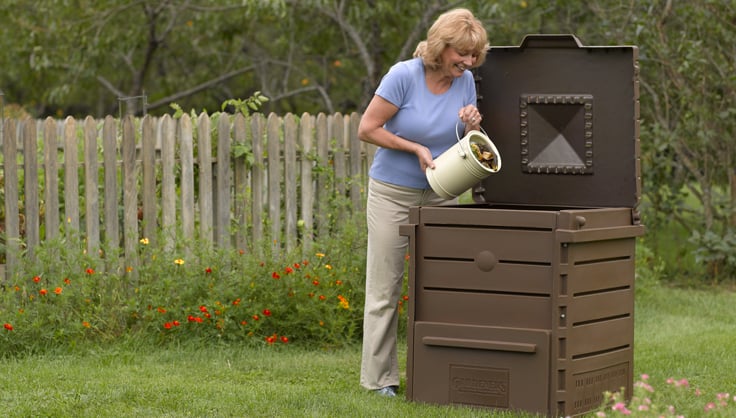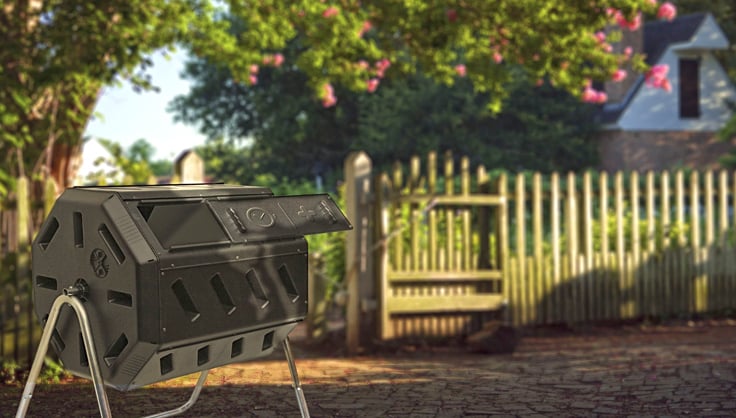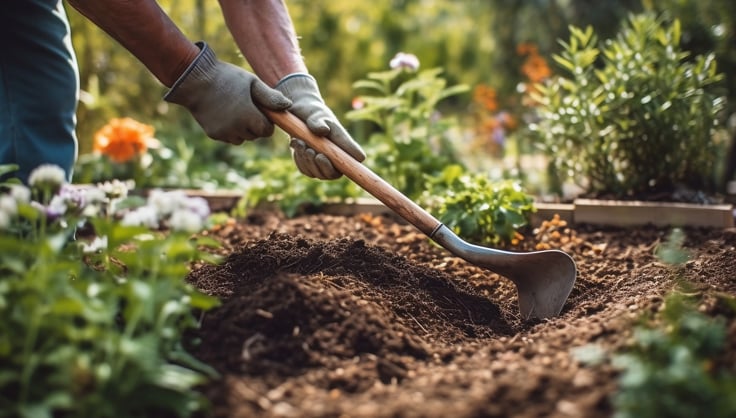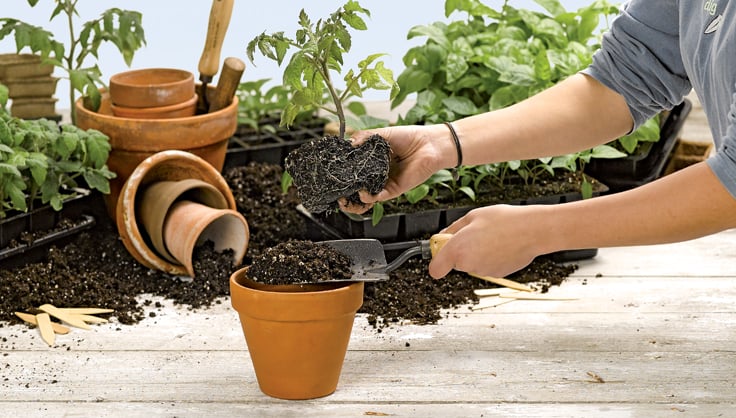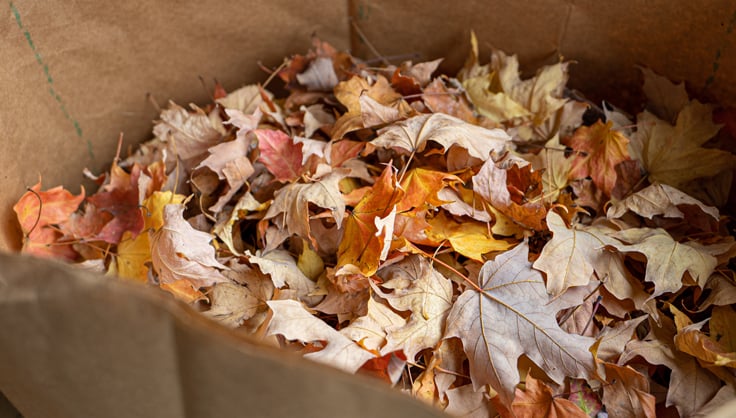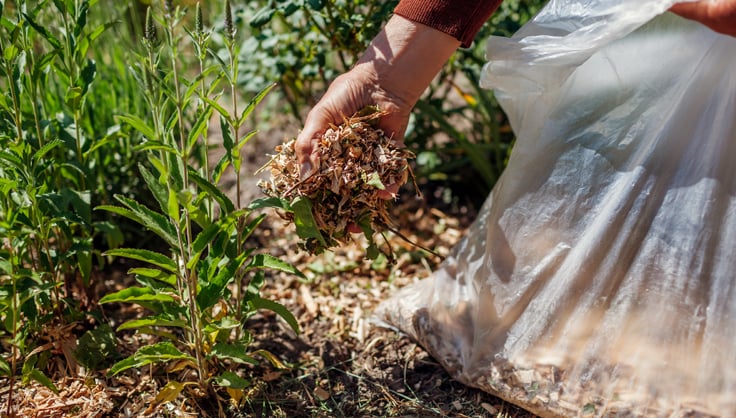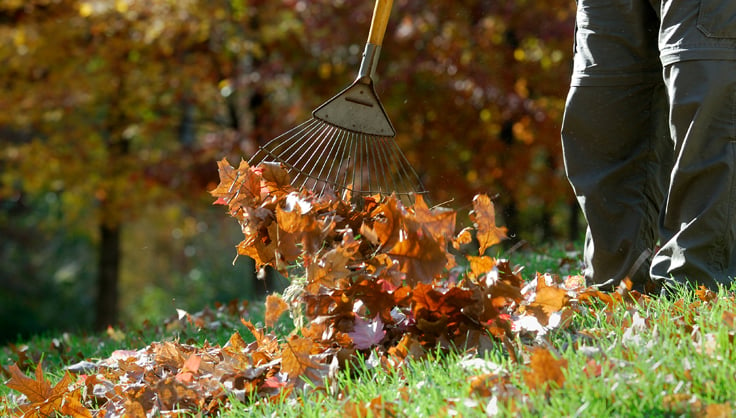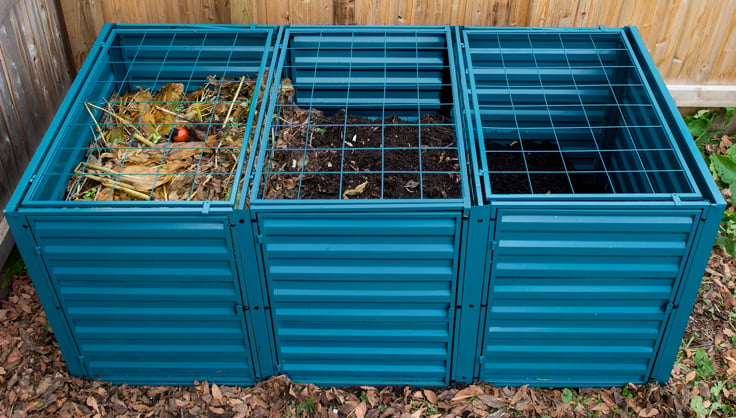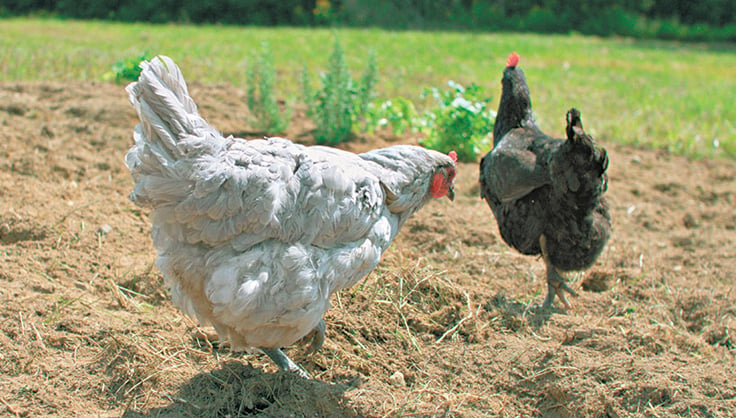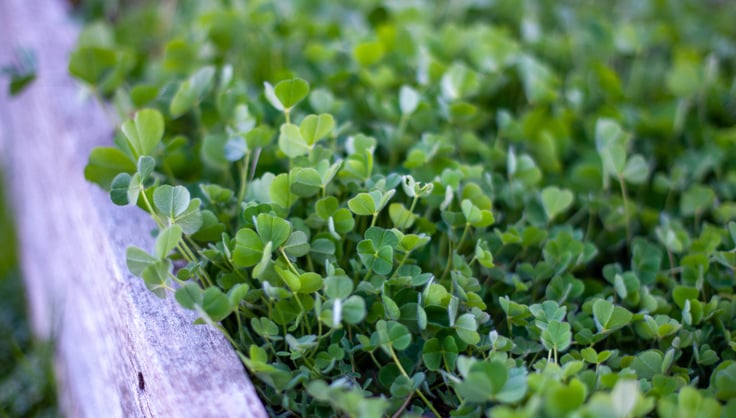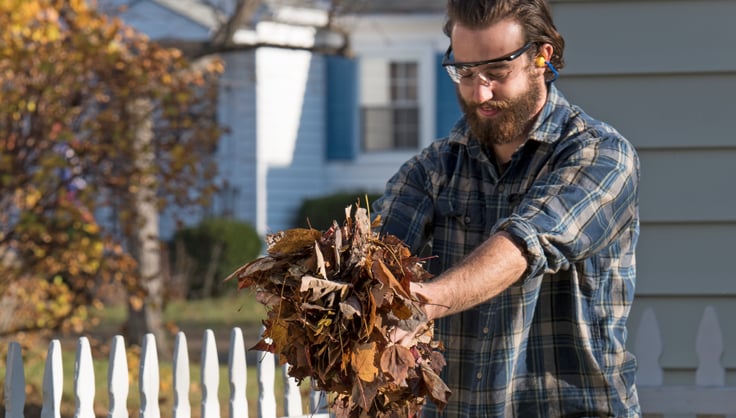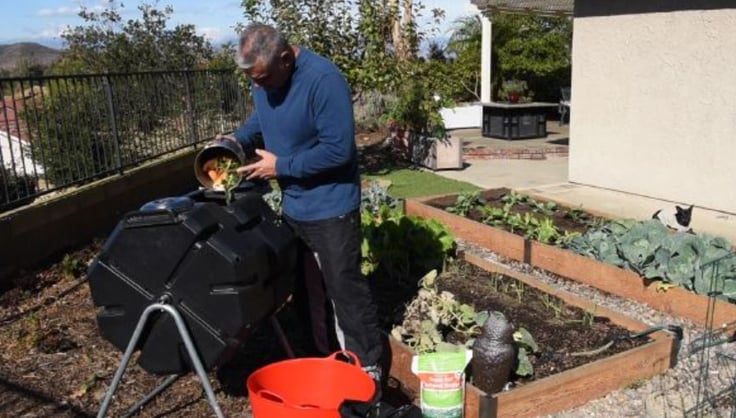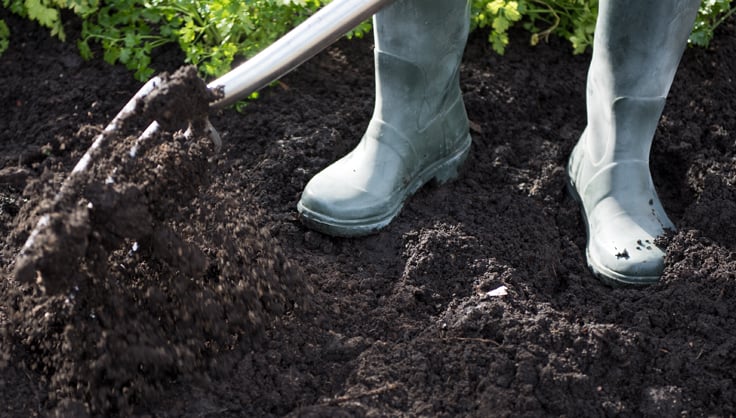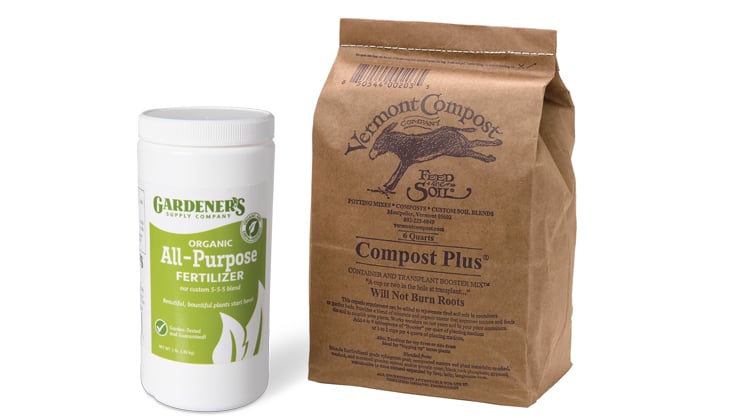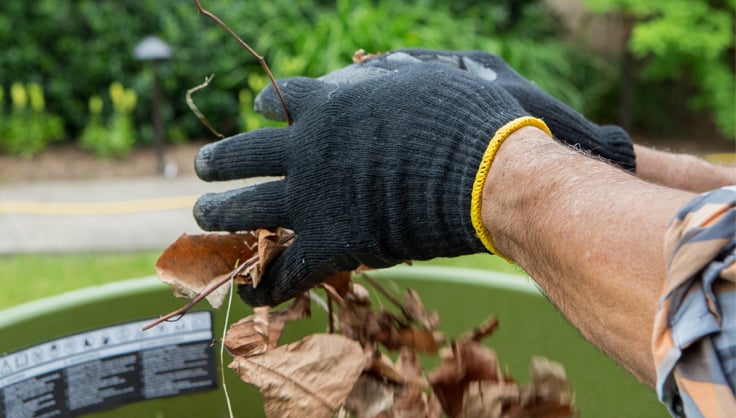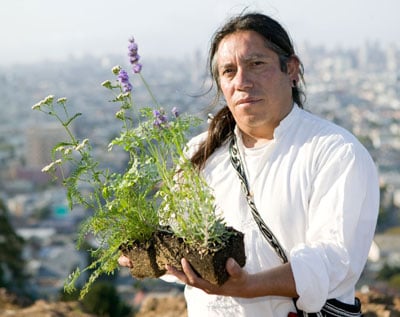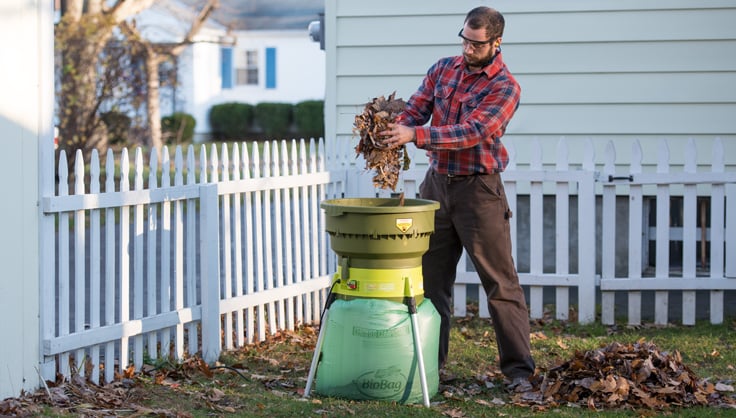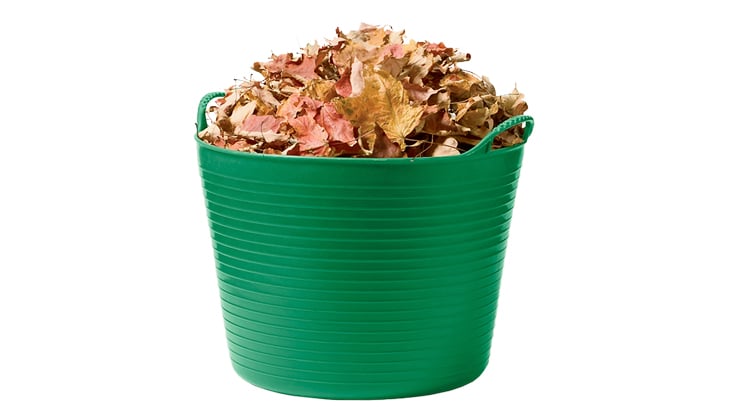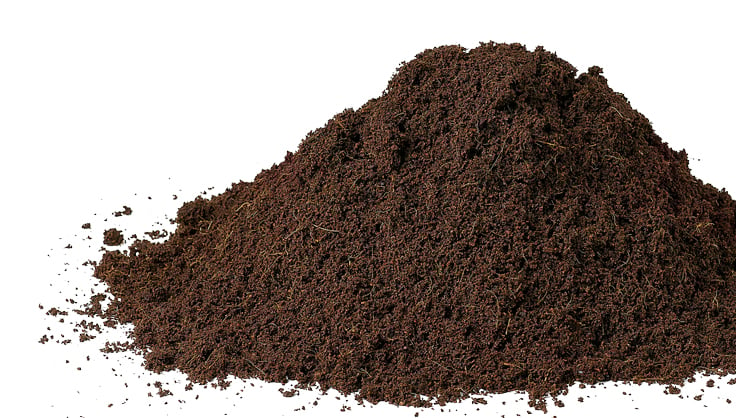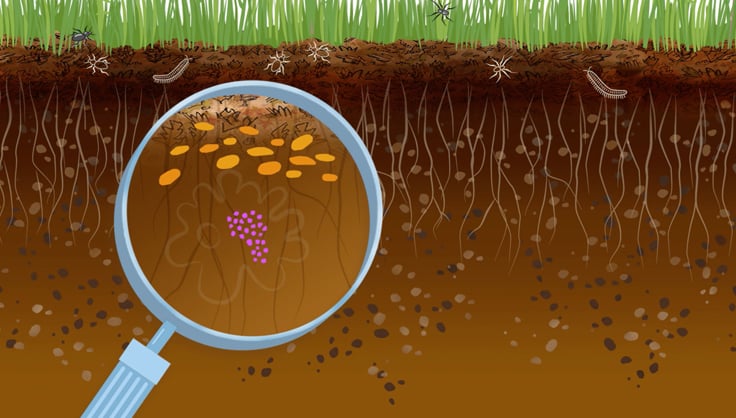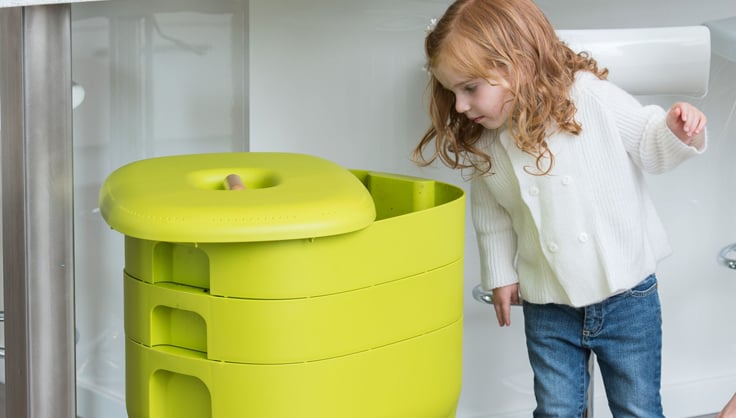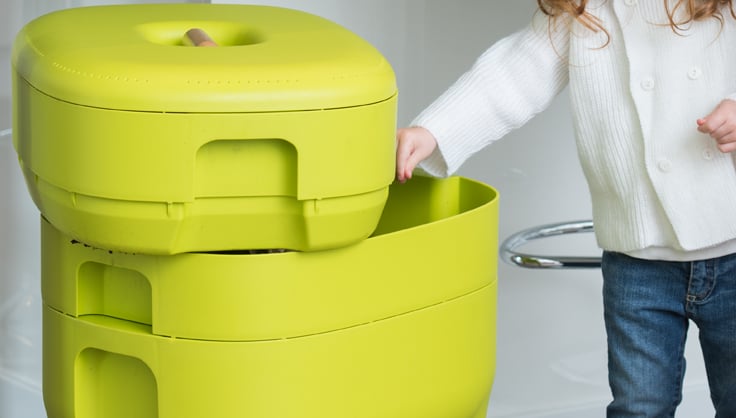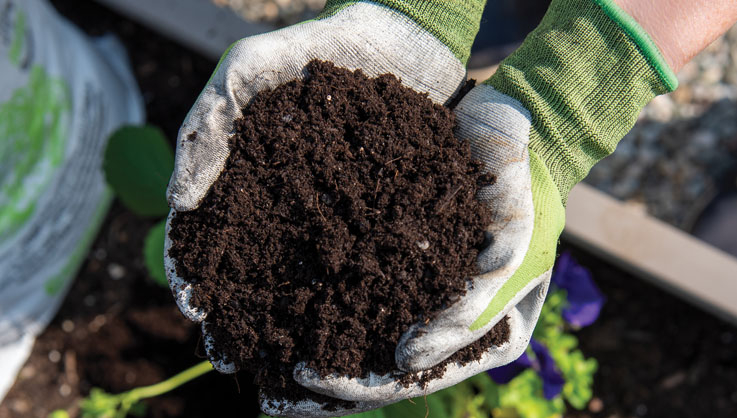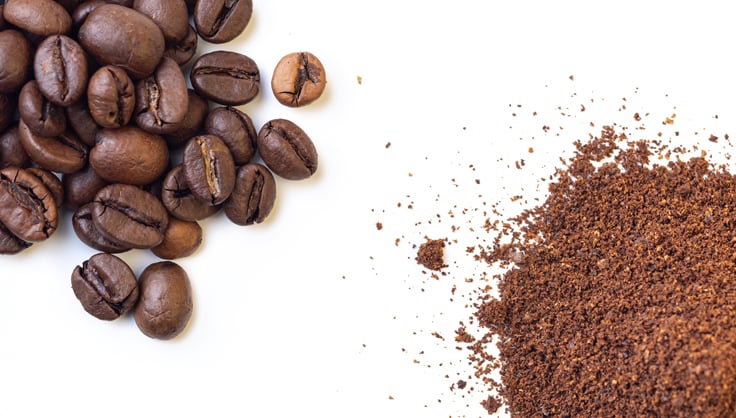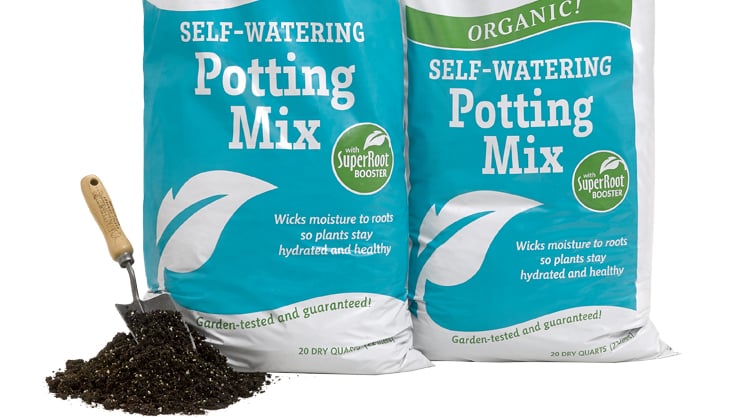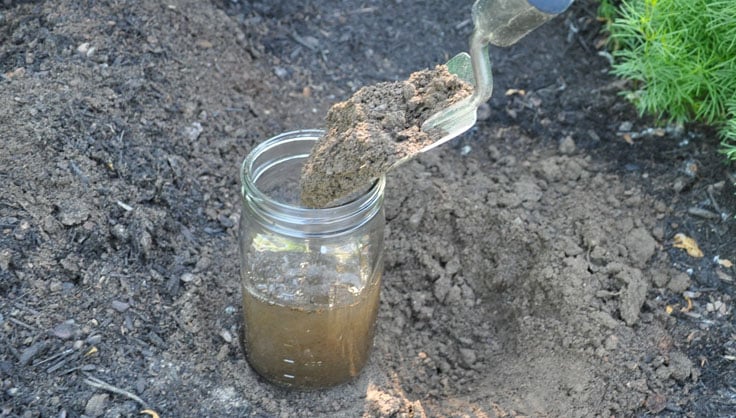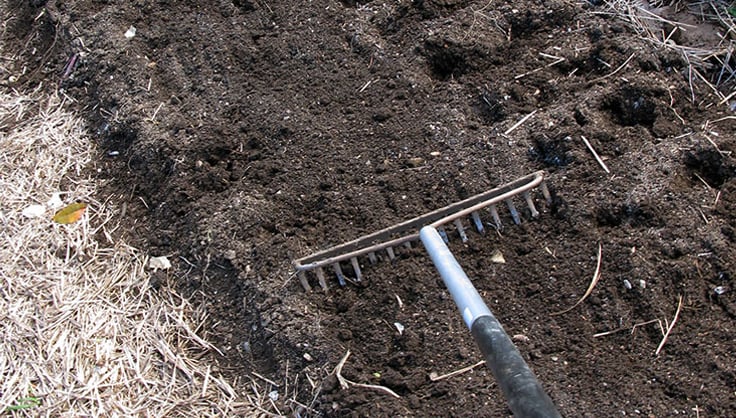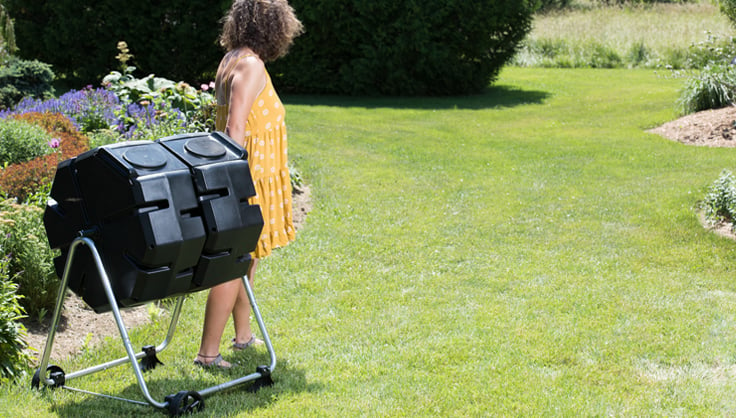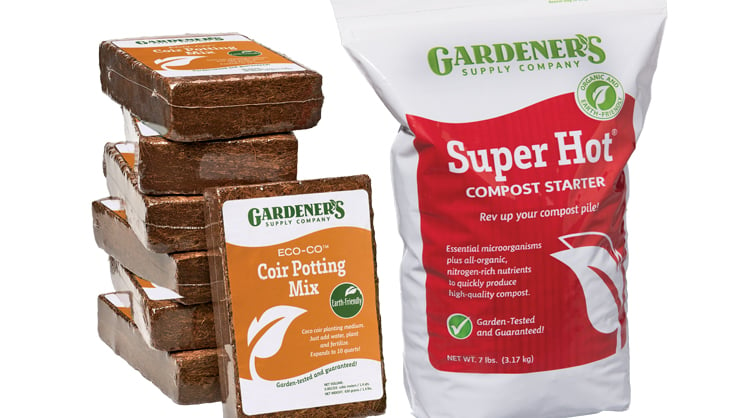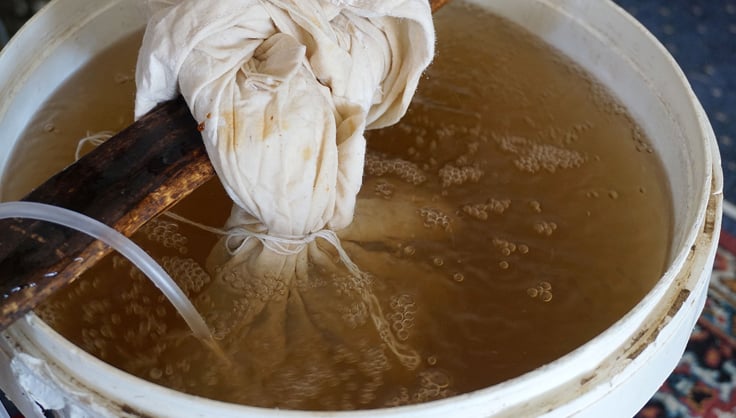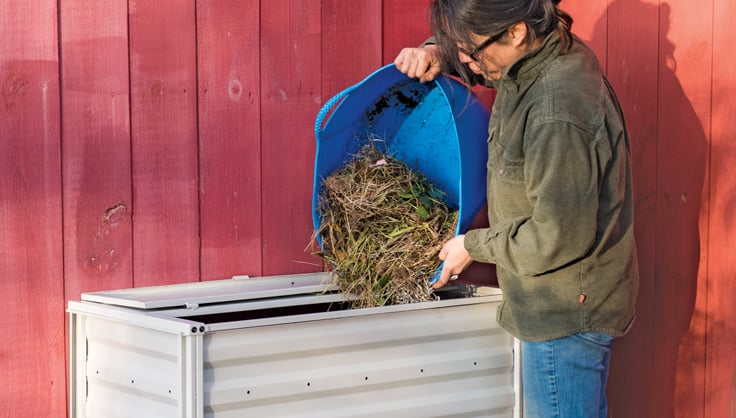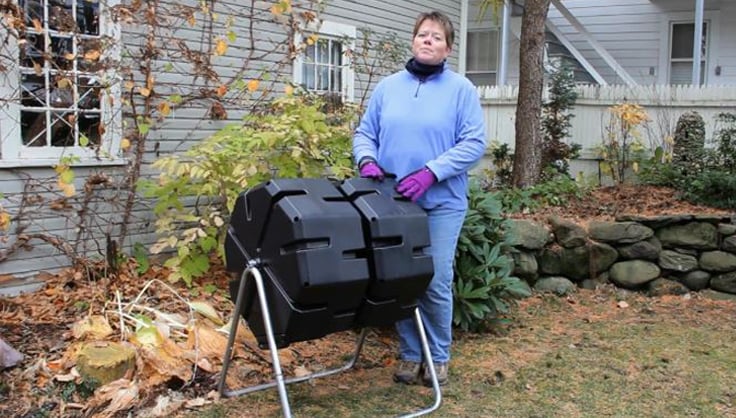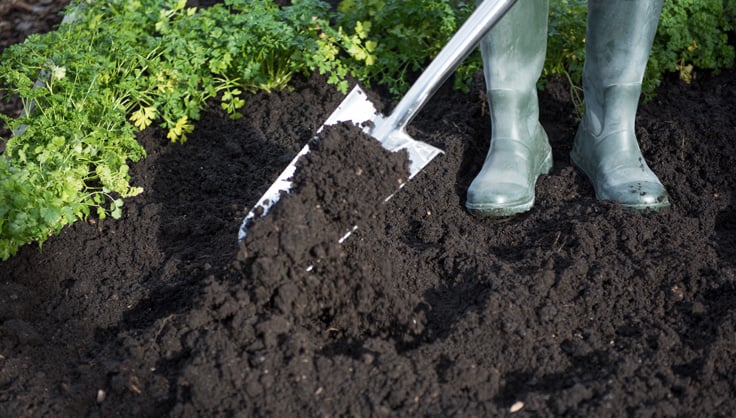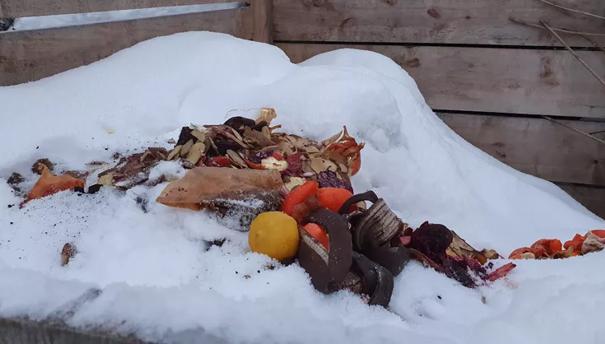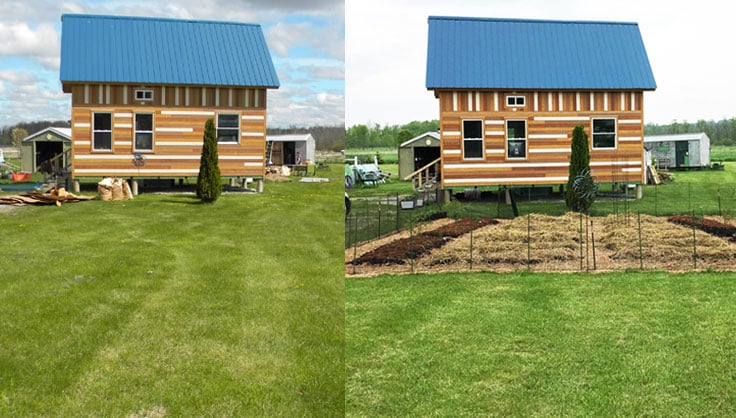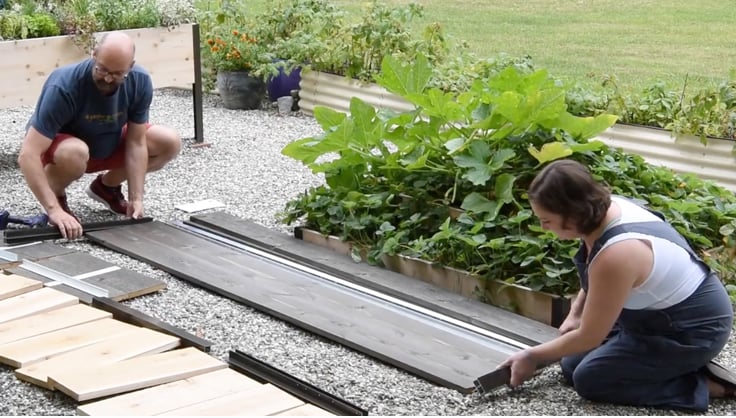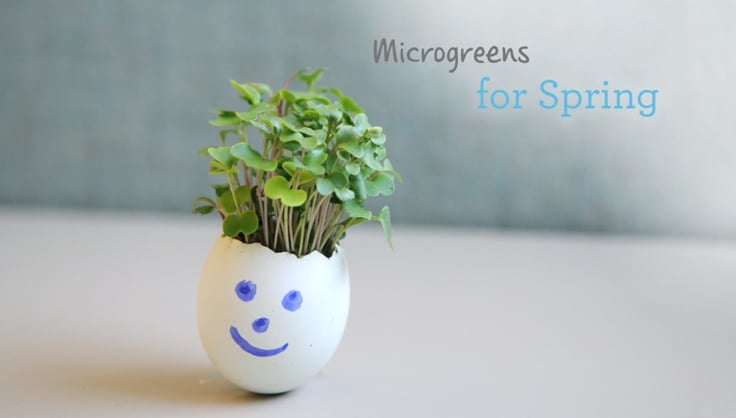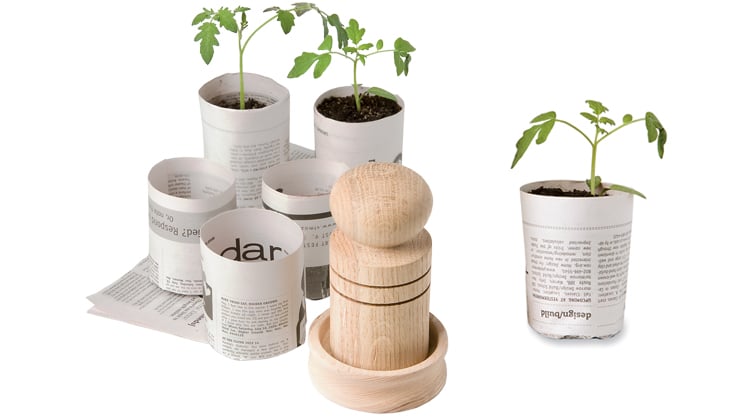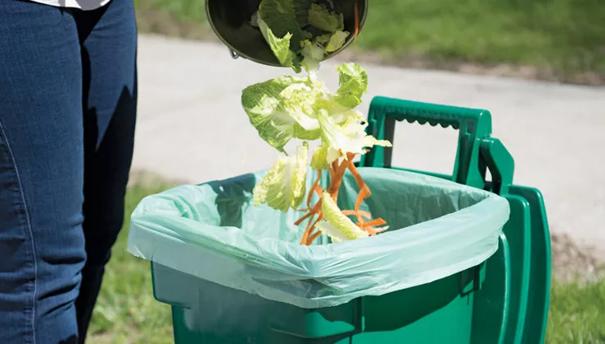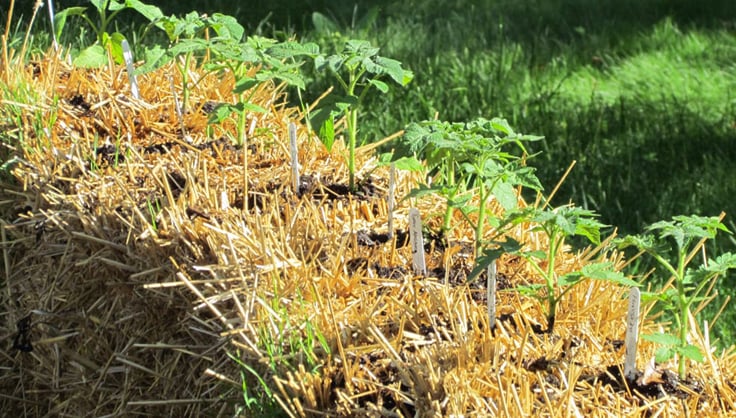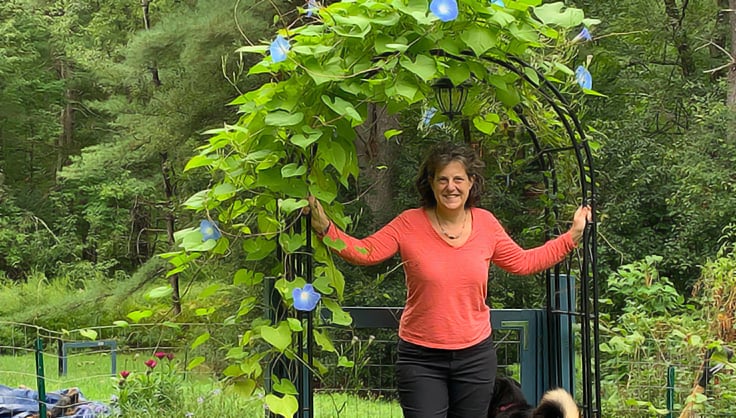Search Results
-
Turn your kitchen scraps and yard waste into gardener's gold! We walk you through composting basics.
-
Composting myths, busted! Creating rich compost is easier than you think.
-
How to enrich your soil with beneficial microorganisms that keep plants thriving, pest-free, and beautiful.
-
Our new and improved potting mixes contain mycorrhizae for healthier plants with up 35% higher yields compared to mixes without this beneficial fungi.
-
Meet Garden Crusader Patrick Rump of San Francisco, California
-
A self-described "leaf rescuer" takes unwanted leaves from neighbors, and turns them into a season-extending mulch.
-
How to make the most of one of nature's free soil builders.
-
What to do with all those fall leaves? Shred them and then rebuild your garden soil with them!
-
Get ready to make heaps of rich, finished compost! Learn how to compost with a multi-bin system.
-
[Editor’s note: This is the third in a series of three blog posts featuring excerpts from Lisa Steele’s book, Gardening with Chickens: Plans and Plants for You and Your Hens. Read the first post on Getting Started and the second post on Garden Pest Control.]
-
Cover crops feed your soil AND help block out weeds — what is not to love? Learn how to use cover crops in your garden.
-
Learn how to turn fall leaves into a soil-enriching mulch.
-
If your compost isn't cooking, review these tips to get things going again.
-
Trying to decipher all the letters, numbers, and terminology on the back of your bag of potting soil or fertilizer?
-
With some help from nutrient-rich compost and fertilizer, you can repurpose your potting soil.
-
Leaves aren't "litter"! Keep leaves out of the landfill, and put them to work in your garden instead.
-
Meet Garden Crusader and permiculturist Guillermo Vasquez of San Francisco.
-
Layers of leaves, compost, newspaper, and cardboard provide the foundation for a nutrient-rich new garden bed.
-
After a summer of growing, fall is a great time to rebuild your soil!
-
Learn how to choose the right potting soil and fertilizer for whatever you want to grow. Our exclusive garden-tested soils and fertilizers provide optimum growing conditions.
-
Whether you grow roses, radishes, or rhododendrons, you'll want to get your soil right first. We show you how to build healthy soil for an abundant garden year after year!
-
World history, sustainability and vermiculture. It may sound like an unlikely combination, but to the students in Patty Brushett's history class, it makes perfect sense.
-
Yes, worms can make great indoor pets — as long as they're making compost.
-
Thriving gardens start with healthy soil. Learn about our soils, compost, mulches, and fertilizers.
-
Learn how to use coffee grounds in your compost bin.
-
Our garden-tested potting mixes are formulated to guarantee great results.
-
Check out this quick and simple test to determine if you have sandy soil, or clay, or loam.
-
Learn what you need to build healthy soil for a flourishing garden.
-
Get (compost) rich quick! Batch composting lets you save up your raw materials in separate piles until you have enough for one big batch.
-
Need compost in a hurry? Here are a few things you can do to speed your decomposers along.
-
Compost tea, a potent, microbial elixir will invigorate your garden with beneficial microbes that will reduce disease problems, ward off pests, and boost plant vigor.
-
Eager to compost but not sure what bin is right for you? We help you choose the best composter for the job.
-
Batch composting is the fastest and most efficient way to produce high quality compost, and our Dual-Batch tumbler makes it easy.
-
At Gardener's Supply, we believe that healthy soils are the foundation for healthy gardens, healthy people, and a healthy planet.
-
Bundle up and keep breaking down! Here are some tips to keep composting all winter long.
-
Sheet mulching converts grass to a nutrient-rich garden bed, ready for planting. We show you how!
-
Watch and learn how to assemble our best-selling elevated planter.
-
Create a sweet centerpiece AND grow zesty garnish in a cute (compostable!) container.
-
Compost and water conservation helped one gardener convert her southern California lawn into a lush landscape.
-
Don't let this nocturnal bandit into your garden, compost, or trash.
-
Transform ordinary newspaper into a limitless supply of compostable 3-inch pots for starting seeds.
-
With the increase in composting, recycling, and reuse programs, it's easier than ever to limit the amount of waste going in our garbage cans.
-
Think of the straw bale as a large container with a volume of 40 gallons. As the straw begins to break down, it turns into a rich, compostable planter that's ideal for growing vegetables.
-
From tiny, emerging flower buds to dark, nutrient-rich compost, Suzanne DeJohn witnesses nature’s little miracles every day while she’s gardening at her Williston, Vermont, home. Learn how gardening satisfies Suzanne’s scientific curiosity while also feeding her soul.

